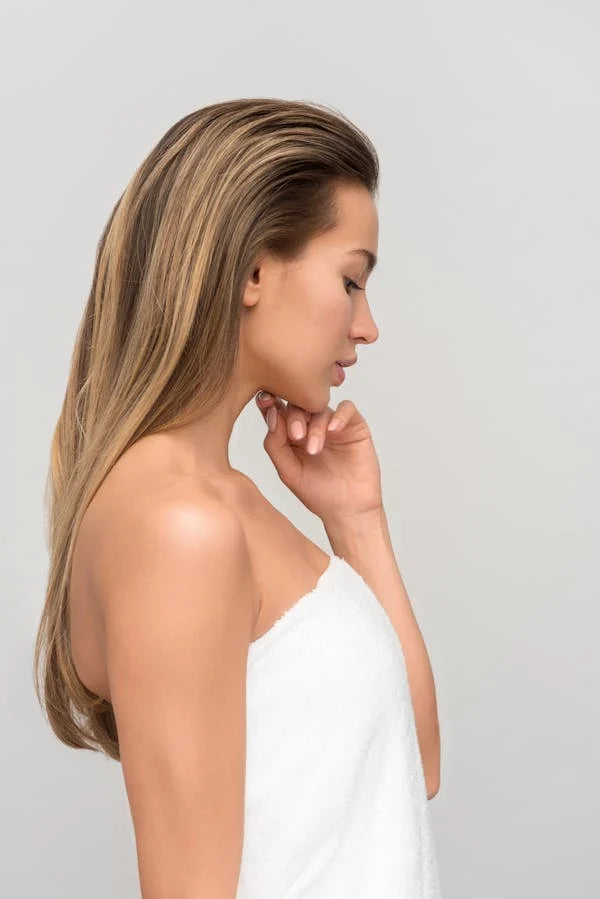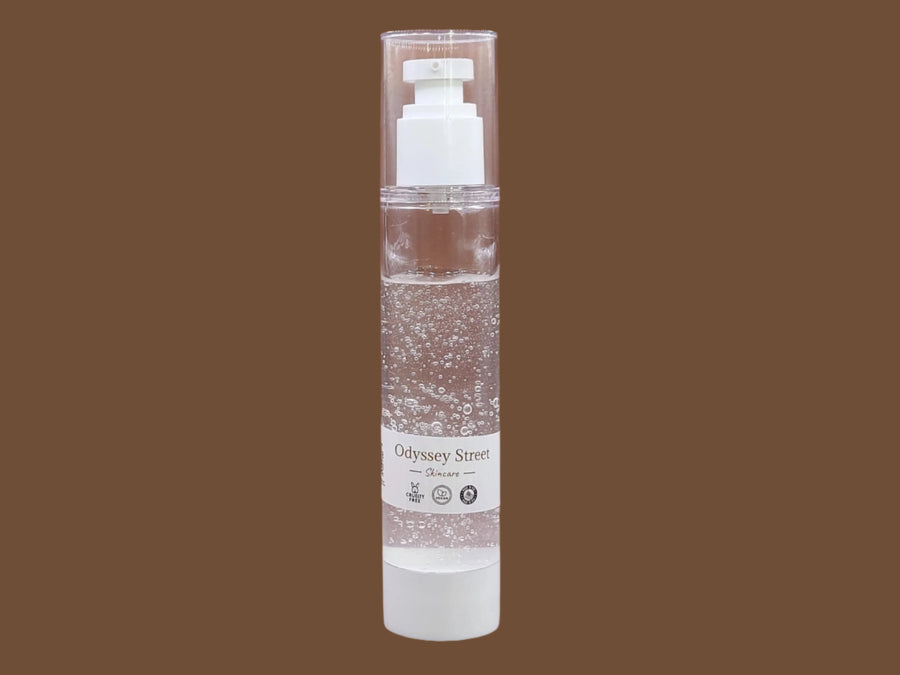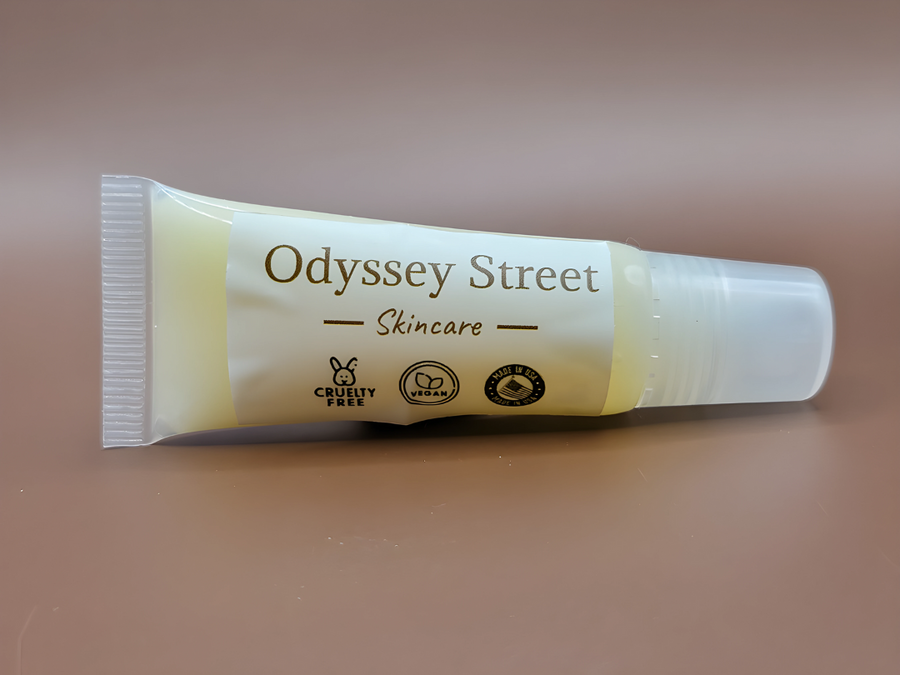Retinol After Botox: How To Enhance Your Skin
Retinol After Botox: How To Enhance Your Skin
In the world of skincare and cosmetic treatments, Botox and retinol reign as two of the most popular and effective solutions for combating signs of aging and achieving a radiant, youthful complexion. While Botox is widely known for its ability to reduce the appearance of fine lines and wrinkles by temporarily paralyzing muscles, retinol, a derivative of vitamin A, is celebrated for its skin renewal properties, enhancing skin texture and tone. But how do these two powerful treatments interact, and can they be used together to amplify your skincare results? This blog delves deep into the synergy between retinol and Botox, offering insights and tips on how to enhance your skin post-Botox treatment with retinol.
Understanding Botox and Its Benefits
Botox, a neurotoxin derived from Clostridium botulinum, is primarily used to reduce the appearance of facial wrinkles and fine lines. By blocking nerve signals to the muscles, Botox prevents the muscles from contracting, leading to a smoother, more youthful appearance of the skin. The benefits of Botox are not only cosmetic; it is also used to treat various medical conditions such as chronic migraines, excessive sweating, and muscle spasms. However, when it comes to skincare, Botox's ability to diminish dynamic wrinkles, which are formed by facial expressions, is unparalleled.
The Power of Retinol for Skin Renewal

Retinol, on the other hand, is a potent skincare ingredient that promotes cell turnover and collagen production, two critical factors in maintaining skin's elasticity and firmness. Its effectiveness in treating acne, reducing hyperpigmentation, and minimizing the appearance of fine lines and wrinkles makes retinol a must-have in your skincare regimen. Unlike Botox, which works beneath the skin's surface to relax muscles, retinol works on the skin's surface, improving skin texture and complexion over time.
Combining Retinol with Botox: A Synergistic Approach
Integrating retinol into your skincare routine after undergoing Botox treatments can significantly enhance the overall appearance and health of your skin. However, it's essential to approach this combination with care:
-
Wait Before You Start: It's recommended to wait at least 24 to 48 hours after your Botox treatment before applying retinol or any other potent skincare products. This waiting period allows your skin to recover and reduces the risk of irritation.
-
Begin with Low Concentration: If you're new to retinol, start with a lower concentration to minimize potential irritation and gradually increase the strength as your skin becomes accustomed to it.
-
Consult Your Dermatologist: Always consult with your dermatologist or skincare professional before adding new products to your skincare routine, especially after Botox. They can provide personalized advice based on your skin type and the specifics of your Botox treatment.
The Benefits of Using Retinol After Botox

-
Enhanced Skin Texture and Tone: Retinol can improve the skin's texture and tone, which complements the wrinkle-reducing effects of Botox, resulting in a more comprehensive anti-aging solution.
-
Prolonged Results: Regular use of retinol may help to prolong the effects of Botox by promoting skin health and elasticity.
-
Acne and Pigmentation Improvement: For those who experience acne or pigmentation issues, retinol can be particularly beneficial, offering improvements that Botox cannot provide.
-
Increased Skin Radiance: Retinol's ability to exfoliate the skin at a cellular level helps to remove dead skin cells, revealing a brighter, more radiant complexion. This effect complements the smoothness achieved with Botox, giving your skin a luminous, youthful glow.
-
Reduced Appearance of Pores: Regular use of retinol can help to minimize the appearance of enlarged pores by promoting cell turnover and removing debris that can clog pores. This benefit, combined with the smoothing effect of Botox, can lead to a more refined skin texture.
-
Enhanced Skin Hydration: While retinol is often recognized for its exfoliating properties, it also helps to improve skin barrier function over time. A stronger skin barrier retains moisture more effectively, leading to improved hydration levels. Well-hydrated skin enhances the plumping effect of Botox, making fine lines and wrinkles less noticeable.
-
Prevention of Future Wrinkles: By stimulating collagen production, retinol not only addresses existing signs of aging but also helps to prevent the formation of new wrinkles and fine lines. This preventative measure ensures that the skin remains firmer and more elastic for longer, complementing the temporary anti-aging effects of Botox.
Conclusion
Combining retinol with Botox treatments offers a promising avenue for enhancing your skincare results, targeting both the muscle activity that leads to wrinkles and the skin's surface for a smoother, more youthful appearance. By understanding the benefits and precautions of using these treatments together, you can create a tailored skincare regimen that maximizes the benefits of both Botox and retinol. Remember, the key to achieving the best results lies in consulting with skincare professionals and adopting a patient, gradual approach to incorporating retinol into your post-Botox skincare routine.






















Leave a comment